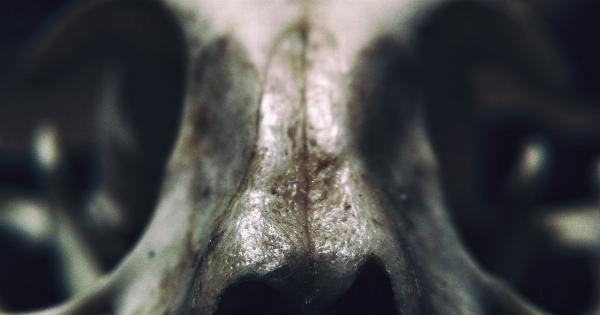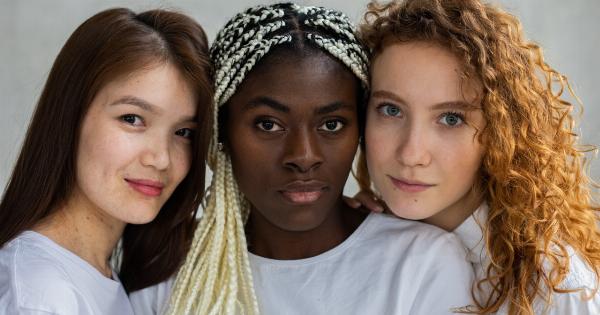For many years, society has marveled at the allure of female curves.
It is no secret that men find shapely figures attractive, but have you ever wondered why? Well, wonder no more! Thanks to modern neuroscience, we can investigate just how female curves affect the male brain.
The Science of Attraction
Attraction is a complex interplay between biology, psychology, and culture. At the most basic level, however, it is driven by the release of certain chemicals in the brain.
Dopamine, for example, is often called the “pleasure chemical” as it is associated with feelings of reward and satisfaction.
When it comes to attraction, dopamine is released in response to stimuli that are associated with pleasure or reward. For men, one such stimulus is female curves.
Studies have shown that when men view images of women with hourglass figures, their brains release increased amounts of dopamine compared to when they view images of women with less curvaceous bodies.
The Hourglass Effect
The “hourglass effect” refers to the ratio between a woman’s waist and hips. Women with an hourglass figure have a waist that is significantly smaller than their hips, creating a curvy silhouette that is highly sought after by men.
But why is this so appealing?.
One theory is that it is a sign of fertility. A narrow waist and wide hips indicate that a woman is capable of bearing children. From an evolutionary standpoint, men are wired to seek out fertile women as a way of ensuring the survival of their genes.
In addition to signaling fertility, the hourglass figure also signifies good overall health.
Women with a curvaceous body type tend to have lower levels of visceral fat, which is associated with a range of health problems such as diabetes, heart disease, and stroke. As a result, men may be subconsciously drawn to these women as potential mates who are more likely to produce healthy offspring.
The Psychology of Curves
So we know that men find curves attractive due to their biological and evolutionary significance, but there is also a psychological component at play.
Research has indicated that men view women with curvy bodies as being more feminine, which is associated with traits such as warmth, nurturing, and kindness.
Furthermore, women with an hourglass figure are often viewed as being more confident and self-assured. This may be because they are more accepting of their bodies and less likely to engage in negative self-talk or body shaming.
Social and Cultural Influences
Of course, it is important to remember that attraction is not purely the result of biology. Social and cultural factors also play a part in shaping people’s preferences and perceptions.
For example, media portrayals of the “ideal” female body can have a significant impact on what men find attractive.
For many years, the media promoted a thin, waif-like body type as the standard of beauty. This resulted in many women feeling pressure to conform to this ideal, often through unhealthy means such as restrictive dieting or disordered eating.
However, in recent years there has been a shift towards celebrating diverse body types, including those with curves.
The Bottom Line
All in all, it is clear that there is a strong scientific basis for why men find female curves so attractive.
From an evolutionary standpoint, curves signal fertility and health, while on a psychological level they are associated with femininity, confidence, and warmth. However, it is important to remember that attraction is complex and multifaceted, and that social and cultural factors also play a role in shaping people’s preferences.




























